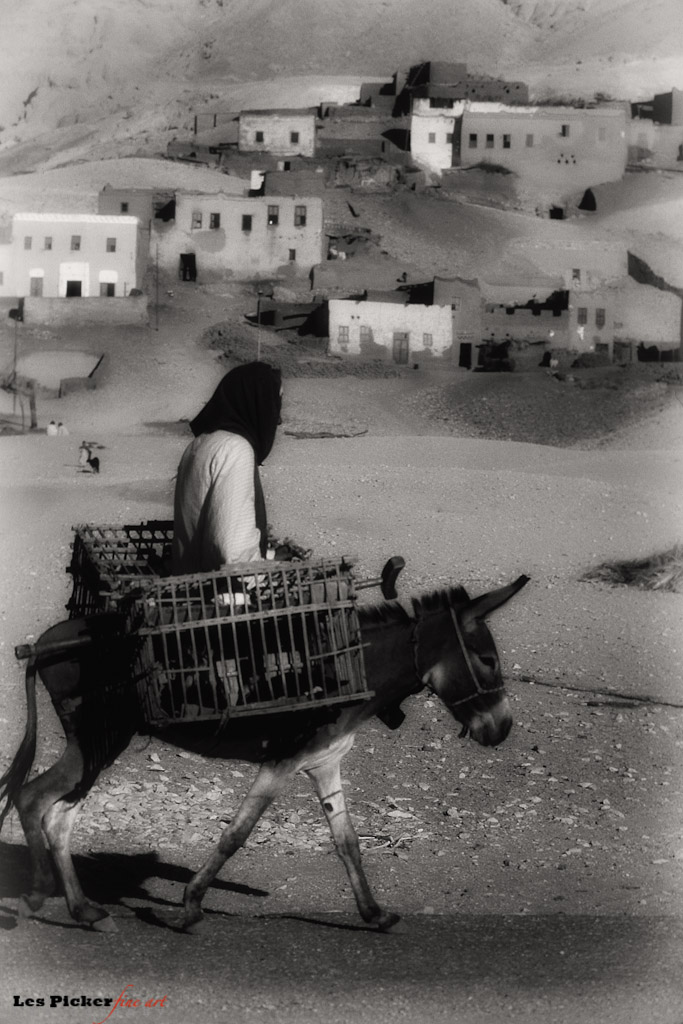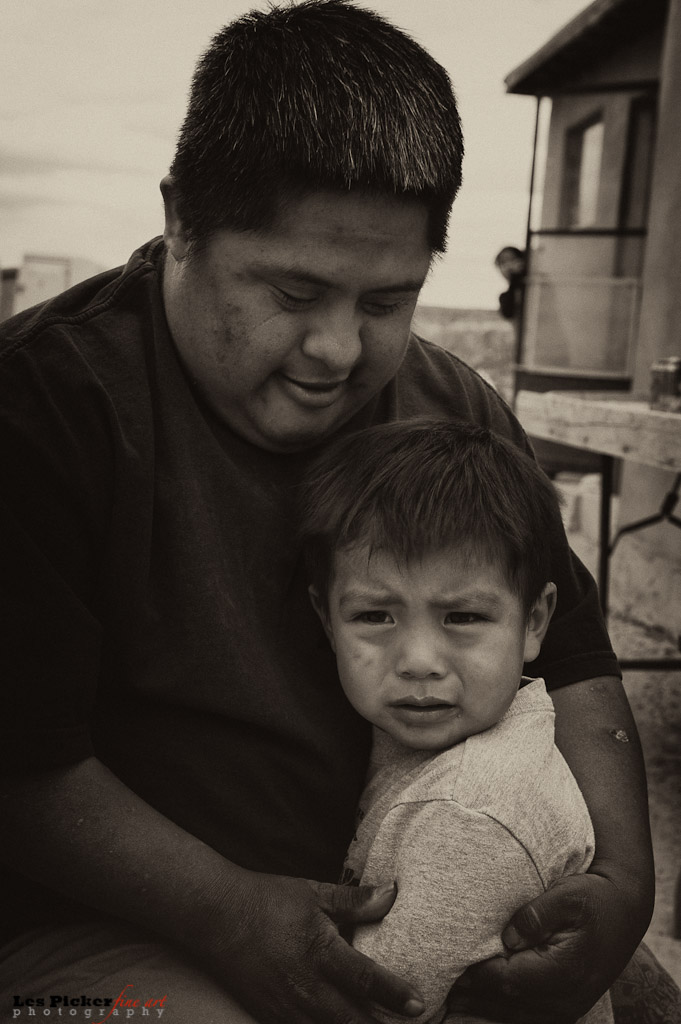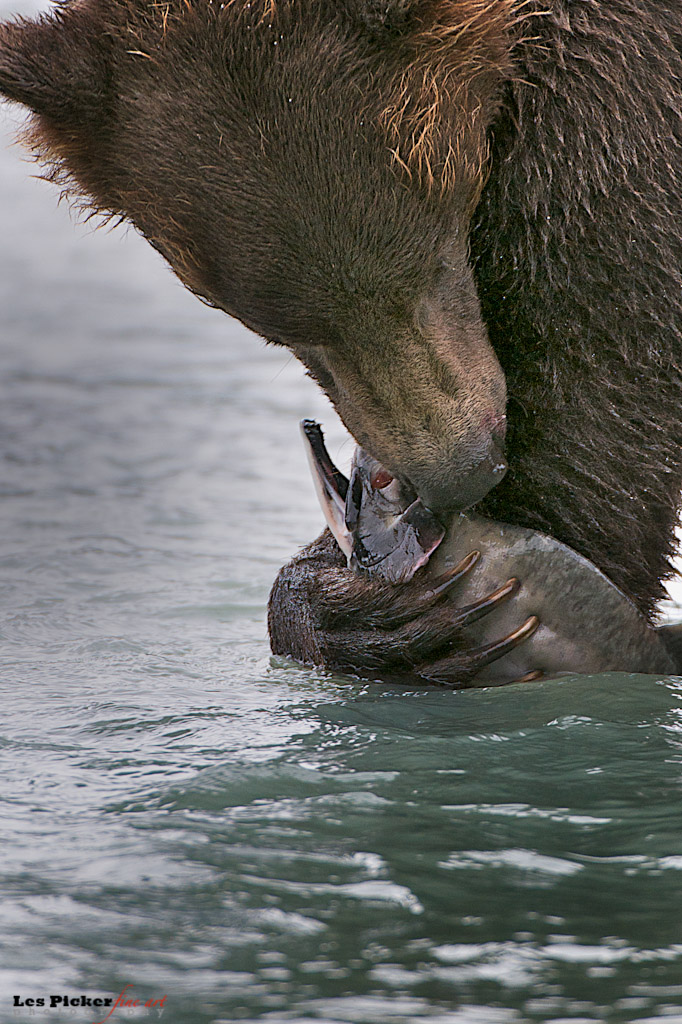
Write Your Way to Better Photography
I am so tired of seeing very capable people produce b-o-r-i-n-g photos. The same tourist locations, the same angles, the same composition, the same, same, same!
So, several years ago I got to wondering if there was a better way to help people get beyond boring and into more dynamic expressions of their photographic creativity. I do think I’ve found one path, but first bear me a little slack.
Admittedly, I’m schizophrenic. I’m frequently forced to witness disturbing battles that rage between my left and right brains.
Les, you’ve got to be more organized and develop a system to do this.
No, I need to be more free-flowing, more daringly creative.
Les, back off and rethink whether getting that shot out on that ledge is a good idea.
Oooh, that sunset from that ledge would be so gorgeous… you get my point.
From an early age the two things that have always lighted my passions have been writing and photography. As a 5th-grader I won a writing competition and at age 11, my father, an accomplished amateur photographer, gave me my first 35mm camera. Since then, my two passions have caused me endless grief, but also too many sublime moments to count. I have written and photographed for some of the top magazines in the country and in each case I believe that the one creative outlet has helped the other.
So, here is my proposed solution to improve your photography. Write a story, and then tell it through your lens. No, I mean it. Cultivate the written side of your creative brain and it might just do wonders for your photography. Let’s see how.
As you travel here and there, take a little notebook and write down your impressions. What captivated you? Was it the people you met, the scenery you saw, the wildlife roaming free in the distance? Use lots of adjectives and adverbs to describe those things. Photography is still primarily a two-dimensional endeavor. Writing puts flesh on the bones, and adds depth and dimensionality to your experience.
The more experience you gain with this process, in other words the more you write, the more you will see the world around you in many hues, in different tonalities, in multiple textures. You will become sensitized to light and movement. You will observe the nuances of wildlife as you have never done before. It’s then the magic begins, perhaps slowly at first, imperceptibly, but it’s there, all right. Your images will stretch to capture the subtleties. You will crave to put on ‘film’ what your senses are recording and in your frustration, you will improve your photographic story-telling or develop new and creative ways to express it.
Suddenly, your images will achieve greater depth. Your color palette will expand or, perhaps even better, shrink to capture the subtle monochromatic tones of a dreary London alleyway. You will selectively blur that animal’s movement to tell your story of its grace. You will wait that extra second for that smudge-faced little girl on a Calcutta street to smile so that you reveal your vision of a more hopeful future.

Writing and photography are like two parts of the whole. The best images I have ever seen somehow speak their truth to me. A picture, after all, if we are lucky, really can be worth a thousand words. The key here is to always ask yourself this question: What is the story you are trying to tell with your image?
